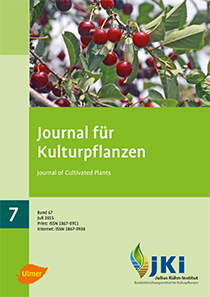Microplastic: A selfmade environmental problem in the plastic age
Keywords:
Microplastic, particlesize, POPs, transfer in biospere, extension of pollution, riskpotentialAbstract
Microplastic is weathered mainly mineral oil based synthetic polymer (< 5 mm) called as plastic. The environmental pollution with plastic starts with particles in μm-size. The multitude of plastic products is toxic and inert, unable to microbial degradation they remain decades and centuries in the environment. Plastic products are solely defragmented by wind and sunlight. Microplastic socialized usually with persistent organic pollutions (POPs) as Phenanthren and DDT are ingested by organisms mistakable as food in fresh and marine water. By this way pollution enters the foodweb. Effects of microplastic are investigated superiorly in marine biosphere than for limbic and terrestrial habitats. Up to now standardized research methods to characterize miroplastic waste are lacking. Also in legislature the keyword “microplastic” is not considered. Plastic products are resident in agri- and horticulture for a long time as agrofoil and styromull. The distribution and disposition of microplastic in soil is unexplored so far.
DOI: 10.5073/JfK.2015.07.01, https://doi.org/10.5073/JfK.2015.07.01
Downloads
Published
Issue
Section
License
The content of the journal is licensed under the Creative Commons Attribution 4.0 License. Any user is free to share and adapt (remix, transform, build upon) the content as long as the original publication is attributed (authors, title, year, journal, issue, pages).
The copyright of the published work remains with the authors. The authors grant the Journal of Cultivated Plants, the Julius Kühn-Institut and the OpenAgrar repository the non-exclusive right to distribute and exploit the work.







